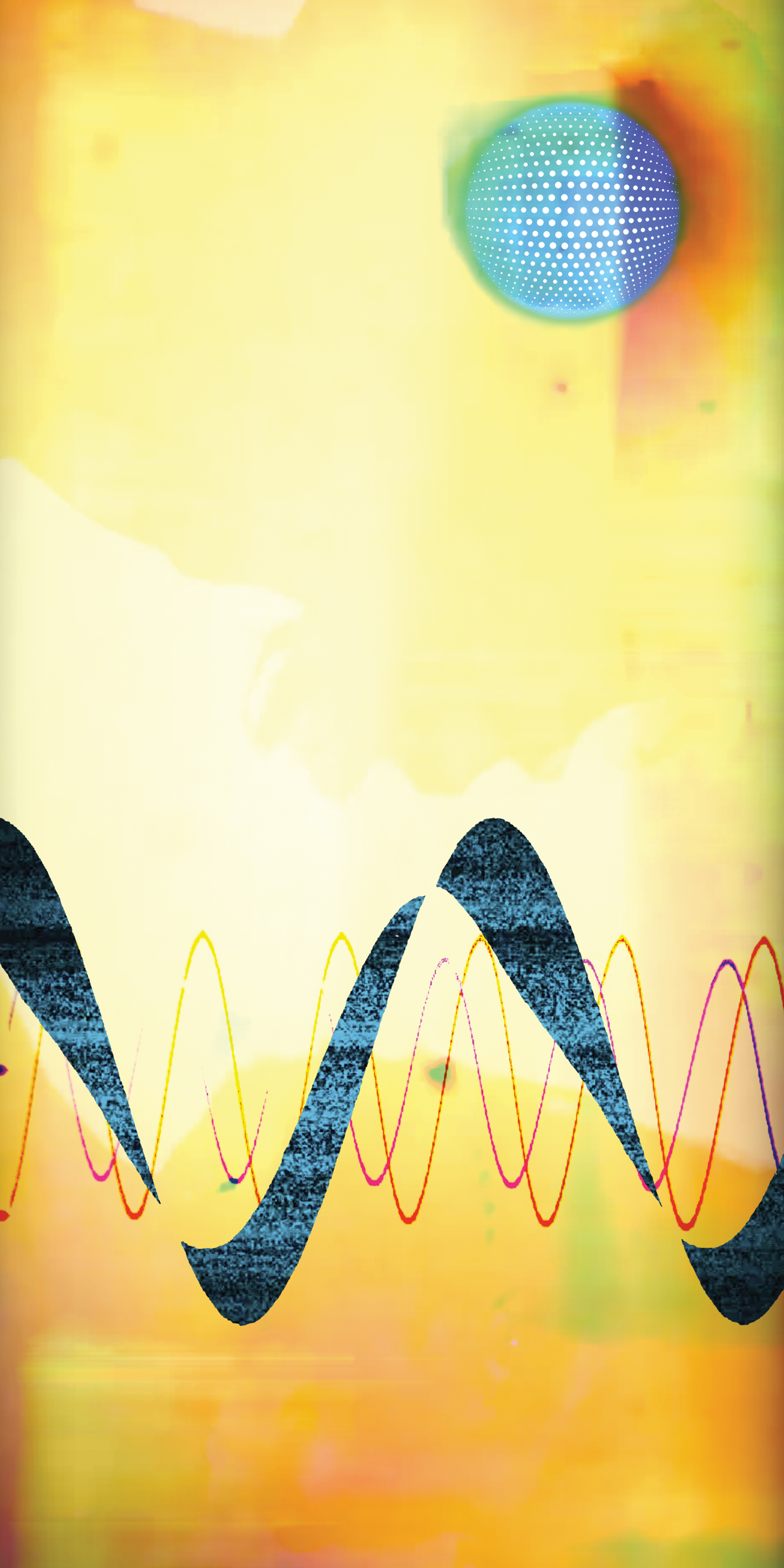Eventide has released its new innovative EQ plug-in, SplitEQ. I use the word “innovative” because, after only a few minutes of messing around with it, I couldn’t help but wonder how it didn’t exist before now. SplitEQ uses a patented Structural Split™ technology to split audio signals into two categories: tonal and transient. Sure, you might think these processes are old news, but it goes well beyond how we typically perceive a waveform’s attack, decay, sustain, and release properties. Instead, this technology identifies “regions of stability in terms of time and frequency” and considers those to be tonal. The rest are considered transient. As Eventide points out, this is uniquely different from dynamic-based plug-ins as the tonal and transient categories are not based solely on level, which is why it works so well in EQ applications.
SplitEQ is an 8-band parametric EQ with six customizable bands (low shelf, high shelf, peak, notch, tilt shelf, and bandpass), plus a high-pass and low-pass filter. These EQ points have a separate level control for TRANSIENT and TONAL that can be soloed or muted for deep tweaking. For example, if your drum overheads have very sharp cymbal “clicks” happening at 4 kHz, simply attenuate the TRANSIENT control at only that frequency. This process keeps the rest of the overhead sound intact while maintaining the lively ring and body of the cymbals. So far, I’ve had excellent results adding midrange tone to electric and acoustic pianos without having to consider how much hammer attack I might be introducing (which could choke the compressor that might be next in the signal chain). Adding high-frequency transients to vocals gives a nice modern crispiness in a way that I usually avoid with other EQ and compression signal chains because things get messy so quickly. These are all obvious examples to help explain the general theory behind this plug-in, but what I find truly exciting is how SplitEQ’s flexibility can be used for more than repairing and enhancing a sound source. It also has the potential to make some wildly original sounds when used the “wrong way,” or when pushed to extremes. TRANSIENT and TONAL controls are completely independent, and the separation between what’s considered transient and what is tonal is completely customizable. For example, the decay of transients and smoothing between transient and tonal information can be adjusted. Each band’s panning (stereo or mid/side) is also completely independent, which is fascinating. Imagine panning the picking transient of a ripping guitar solo or the stick hits of a filtered drum loop hard left while panning the tone hard right. During the song’s intro, you could cut the transients of your drum mix to sound like only room mics, then bring in the transients when the full band kicks in. The fact that ideas keep coming to me as I write this review and continue to use this plug-in proves that SplitEQ is a valuable tool for mixers to have at their disposal. I’ve only scratched the surface of what a monster tone-shaping plug-in this is, and I hope others dig into it and start creating their own original sounds!




_disp_horizontal_bw.jpg)